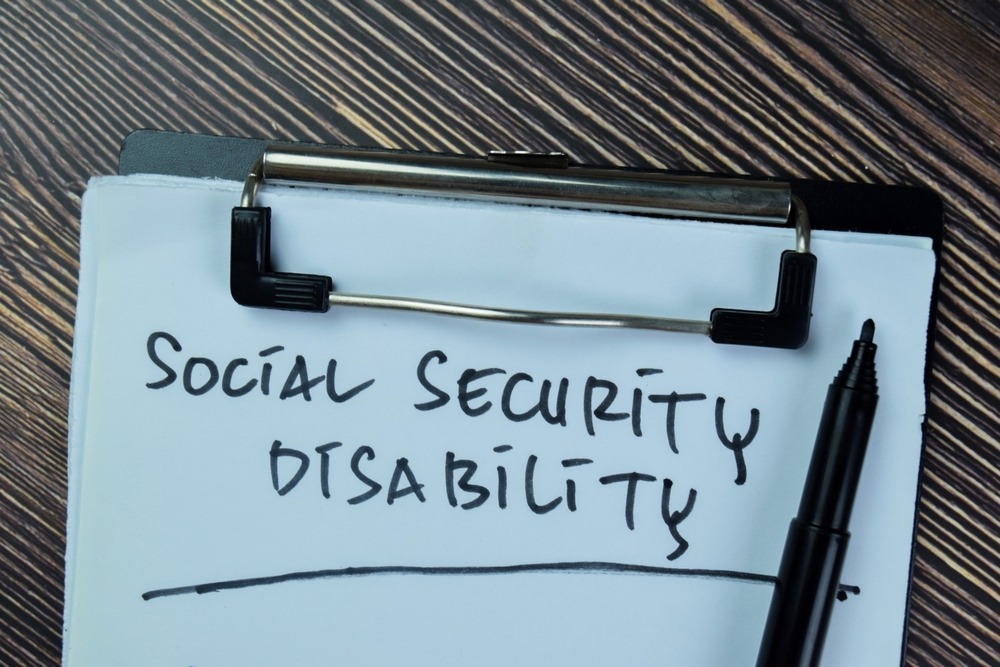Why Social Media Is Silencing Health Voices in an era where social platforms reign supreme, sharing health experiences and expertise has never been easier—or more perilous. Amid efforts to curb harmful falsehoods, well-intentioned posts disappear. Patient advocates, frontline clinicians, and independent researchers find their insights muted. The phenomenon isn’t random—it stems from escalating social media health misinformation bans that sweep broadly, often conflating dangerous quackery with legitimate discourse. This article explores how these bans operate, who they impact, and how to preserve vital health conversations in the digital age.
Short sentence. The stakes couldn’t be higher.

The Rise of Social Media as a Health Forum
Social networks transformed from casual chatrooms into global agoras for medical dialogue. Patients share personal anecdotes. Doctors explain complex conditions. Public-health agencies disseminate real-time outbreak data. Communities rally around rare diseases. Yet as volumes swell, so do risks. Misleading “miracle cures,” predatory supplement ads, and conspiracy theories have proliferated. Platforms respond with policies designed to staunch the tide—implementing social media health misinformation bans that jettison both toxins and precious nutrients from the information diet.
Anatomy of Misinformation Bans
Policy Frameworks
Major platforms issue comprehensive community standards outlining prohibited content. Typical categories include:
- Unverified Treatments: Claims lacking peer-reviewed evidence.
- Anti-Official Narratives: Posts contradicting public-health guidance.
- Dangerous Conspiracies: Theories that incite harmful behaviors.
These guidelines often grow via executive decrees or partnerships with health authorities, resulting in an ever-expanding lexicon of disallowed topics.
Algorithmic Culling
Beneath the surface, machine-learning models parse every post. Mechanisms include:
- Keyword Triggers: Terms like “cure,” “detox,” or “immune boost.”
- Semantic Analysis: Contextual interpretation to flag nuance.
- Engagement Metrics: Prioritizing high-velocity posts for rapid removal.
When algorithms err, they ensnare nuanced patient narratives and early-stage research alongside blatant falsehoods.
Human Moderation
Removed content often undergoes secondary review by global moderator teams. Tasked with enforcing evolving policies, these reviewers juggle immense caseloads. The result? Inconsistent rulings, delayed appeals, and scant transparency around decision rationales.
Who Gets Silenced?
Patient Advocates
Support groups for chronic and rare conditions rely on open channels to share symptom-management strategies and trial updates. Under broad misinformation bans, personal testimonials—deemed “anecdotal evidence”—vanish. Patients lose communal wisdom and feel isolated.
Medical Professionals
Clinicians sharing case reports or preliminary insights encounter takedowns for “unauthorized medical advice.” Off-label successes documented in closed forums may never reach wider audiences. This self-censorship chills innovative practice and slows real-world learning.
Independent Researchers
Academics posting links to preprints or discussing emerging data outside peer-review channels face removal under “unverified research” rules. Crowdsourced peer review grinds to a halt, hindering replication and delaying breakthroughs.
Community Health Workers
Grassroots public-health educators offering culturally tailored guidance find their posts demoted or deleted when algorithms mistake vernacular expressions or local idioms for misinformation. Communities lose accessible, trusted voices.
Case Studies
The Long-COVID Collective
A global patient alliance amassed firsthand reports on neurological and cardiovascular sequelae of long-COVID. Dozens of infographics and symptom maps were auto-flagged and removed as “unverified medical claims,” dispersing the group across encrypted platforms and fracturing data continuity.
Pediatric Vaccination Debate
Pediatricians advocating extended intervals between vaccine doses to address supply shortages were censored during a measles outbreak. Despite aligning with WHO contingency recommendations, their posts were scrubbed under “anti-vaccine content” tags, depriving low-resource clinics of vital strategies.
Herbal Adjunct Therapies
A small-scale pilot study on turmeric derivatives alleviating chemotherapy fatigue was shared by oncologists. The thread was removed for lacking FDA imprimatur, halting interdisciplinary discourse that might have informed larger trials.
Consequences of Overbroad Enforcement
Fragmentation of Knowledge
When posts are removed indiscriminately, communities splinter into siloed groups on niche apps or private channels. This hermetic drift erodes critical mass needed for collaborative problem-solving and crowdsourced vigilance against harmful claims.
Erosion of Trust
Opaque moderation damages platform credibility. Users uncertain why their content was deleted either resign themselves to silence or migrate to less-regulated networks—where misinformation flourishes unchallenged.
Delayed Innovation
Early signals—adverse-event clustering or novel therapeutic effects—often emerge from informal channels. Social media health misinformation bans that quash these signals undermine rapid identification of safety concerns and promising leads alike.
Deepened Health Disparities
Marginalized groups, already wary of mainstream institutions, depend on trusted community voices. When those voices vanish, disparities in access to culturally relevant health information widen.
Balancing Harm Reduction and Free Expression
The Necessity of Bans
Unchecked falsehoods—like ingesting bleach to cure infection—pose immediate threats. Platforms have a duty to protect users from predatory scams and dangerous self-treatments.
The Perils of Overreach
However, treating every non-official narrative as equally perilous ignores nuanced realities. A more calibrated approach is essential to preserve beneficial dialogue.
Towards Nuanced Moderation
Tiered Enforcement
- Contextual Warnings: Flag posts with fact-check labels rather than removing them instantly.
- Quarantine Zones: Temporarily hide unverified claims pending expert review.
- Full Removal: Reserve for content proven to cause direct harm.
Expert Adjudication Panels
Establish standing committees of clinicians, patient advocates, and ethicists to review contested content—ensuring moderation decisions reflect medical nuance.
Transparent Appeals
Provide clear rationales for takedowns and streamline appeal processes with human follow-up. Successful appeals should result in reinstatement and policy clarifications to prevent repeat errors.
Community Feedback Loops
Incorporate user insights into policy evolution. Patient and professional groups should help define boundaries between harmful misinformation and legitimate inquiry.
Technical Innovations
Explainable AI
Deploy models that surface the specific rule or data point prompting a flag—allowing creators to adjust language or context rather than guess blindly.
Federated Learning
Leverage decentralized data analysis so platforms can detect emerging harmful trends without requiring full data centralization—preserving user privacy and reducing dragnet filtering.
Real-Time Policy Updates
Implement versioned policy dashboards that log every change, ensuring creators know exactly which guidelines apply at any point in time.
Best Practices for Health Content Creators
- Cite Reputable Sources: Link to peer-reviewed journals, official guidelines, and transparent preprint servers.
- Use Hedged Language: Phrases like “preliminary results suggest” signal nuance.
- Avoid Absolutism: Refrain from words like “always” or “guaranteed.”
- Provide Context: Explain sample sizes, methodology limitations, and regulatory status.
- Engage in Closed Communities: Discuss sensitive topics in vetted, higher-tolerance forums.
The Role of Policy and Regulation
Legislative Safeguards
Governments can mandate transparency requirements for takedown processes—balancing platform autonomy with users’ right to know why content is removed.
Whistleblower Protections
Healthcare professionals and researchers who expose undue censorship should receive legal immunity from institutional retaliation.
Standards Harmonization
International bodies should develop unified frameworks for social media health misinformation bans, reducing jurisdictional inconsistency and providing clarity to global creators.
Reclaiming the Digital Health Commons
Patient Data Trusts
Community-governed repositories can host de-identified health data, ensuring grassroots research remains accessible even when platform dynamics shift.
Decentralized Networks
Peer-to-peer health forums built on blockchain or federated protocols offer resilience against unilateral censorship, preserving critical discourse.
Collaborative Open Science
Encourage hybrid platforms—co-hosted by academic publishers and patient advocacy groups—where preliminary findings, case series, and patient-reported outcomes can circulate freely under ethical oversight.
The escalating social media health misinformation bans reflect a genuine imperative to protect users from dangerous falsehoods. Yet when executed without nuance, they silence invaluable patient narratives, stifle professional innovation, and erode public trust. By adopting tiered moderation, enhancing transparency, empowering expert panels, and leveraging technical innovations like explainable AI, platforms can strike a more balanced chord—curbing harmful lies while amplifying trustworthy, emergent health voices. The digital health commons depends on it.












